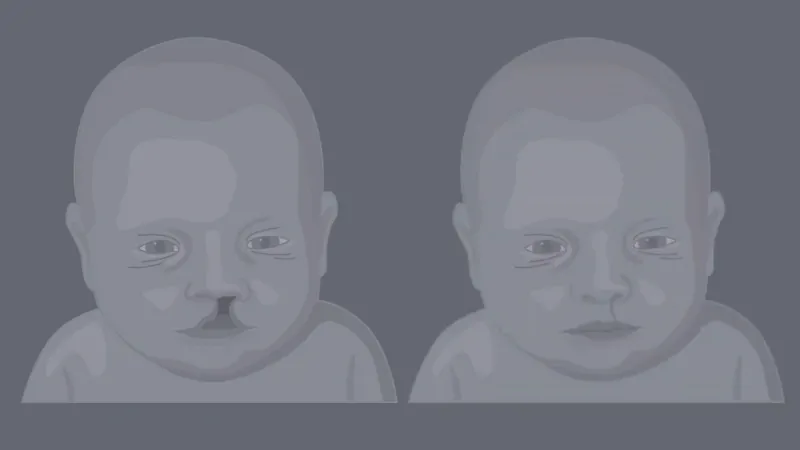
Mortality
Detailed analysis and reporting of death rates across various demographics and geographies. The blog presents data-driven insights into causes of mortality, highlighting trends and deviations. Each post utilizes statistical evidence to discuss factors affecting lifespan and mortality rates, aiming to inform and guide public health discussions and policy decisions.


Most Common Birth Defects in the US. – Regional Data Breakdown
Robert McAllister
June 2, 2025
Read More »

Wyoming Fatal Crashes in 2025 (So Far) vs. Previous Years: A Data-Driven Comparison
Carter Anderson
May 22, 2025
Read More »

The Rise of Suicide Rates in US – What 2024 Data Tells Us About Mental Health of Nation
Robert McAllister
April 16, 2025
Read More »

How Many People Die Each Day in the US in 2025? And What’s Behind It
Carter Anderson
April 14, 2025
Read More »

Cardioversion Mortality Rate in 2025 – Must-Know Stats That Could Save Lives
Carter Anderson
April 8, 2025
Read More »


Alcohol and Its Deadly Impact – U.S. Stats on Alcohol-Related Deaths
Robert McAllister
February 4, 2025
Read More »

Covid-19 Cases by State – Regional Variations Across US
Robert McAllister
January 2, 2025
Read More »

US Life Expectancy 1950-2025 – Trends and Influences Over the Decades
Robert McAllister
December 11, 2024
Read More »





